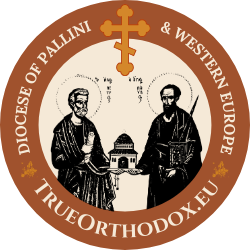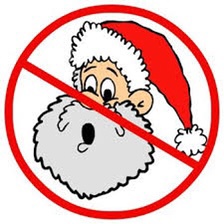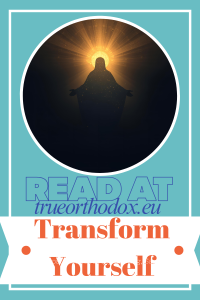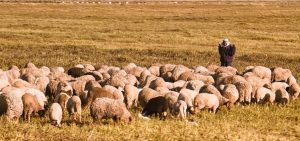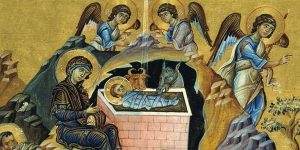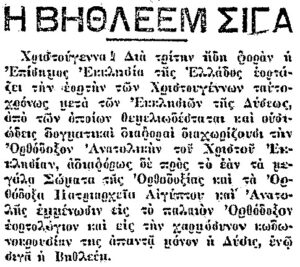The Divine Liturgy: Structure and Meaning in True Orthodoxy
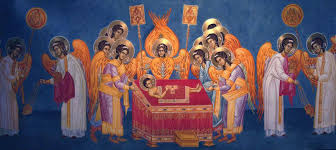
The Divine Liturgy, often called the “mystery of mysteries,” lies at the very heart of the Orthodox Christian faith. It is much more than a ritual; it is the living, dynamic encounter between God and His people. Every element, every word, and every gesture within the Divine Liturgy carries profound theological and spiritual significance, reflecting the ancient and unbroken tradition of the Church. In this post, we will explore the structure of the Divine Liturgy and delve into the meaning of each part.
1. The Proskomedia (Preparation)
The Divine Liturgy begins with the Proskomedia, a private service performed by the priest before the public part of the Liturgy begins. This preparation involves the offering of bread and wine, which will later become the Body and Blood of Christ.
During the Proskomedia, the priest prepares the Lamb, a portion of the bread that will be consecrated, and commemorates the Theotokos (Mother of God), the saints, the living, and the departed. The Proskomedia symbolizes the entire Church—militant and triumphant—gathering together in Christ. The cutting of the bread, the mixing of the wine with water, and the prayers said over these elements reflect Christ’s sacrifice and the unity of His Church.
2. The Great Litany (The Litany of Peace)
Once the faithful have gathered, the public part of the Liturgy begins with the “Blessed is the Kingdom of the Father, and of the Son, and of the Holy Spirit…” calling upon the All-Holy Trinity followed by the Great Litany, also known as the Litany of Peace. The deacon (or priest, if no deacon is present) intones petitions for peace, salvation, and the well-being of the Church and the world.
This litany sets the tone for the service, reminding us that peace—that real peace which can only be inside each person—is a prerequisite for true worship. The faithful respond with “Lord, have mercy,” affirming their dependence on God’s mercy and grace.
3. The Antiphons
The Antiphons follow the Great Litany and consist of psalms and hymns sung in response to the verses. These hymns vary depending on the day and the feast being celebrated. The Antiphons serve to draw the congregation into a spirit of worship and reflection on the scriptural truths being sung.
4. The Small Entrance
The Small Entrance marks the first procession of the Liturgy, where the Gospel book is carried in solemn procession and placed on the Holy Table. This symbolizes Christ’s first coming into the world to preach the Gospel. The Entrance is called “Little” not because of its importance, but because it precedes the more solemn Great Entrance.
The hymn sung during this entrance, “O Come, Let Us Worship,” invites the faithful to enter more deeply into the mystery of God’s presence. It is a call to attentiveness and reverence as we prepare to hear the Word of God.
5. The Trisagion Hymn
Following the Small Entrance, the Trisagion Hymn (“Holy God, Holy Mighty, Holy Immortal, have mercy on us”) is sung. This ancient hymn is a proclamation of the holiness of God, a reminder that we are in the presence of the Divine, and an invocation of His mercy.
6. The Epistle and Gospel Readings
The Liturgy of the Word reaches its climax in the reading of the Epistle and the Gospel. The Epistle is read first, followed by the Gospel, which is often preceded by a special hymn.
These readings are the spiritual nourishment of the faithful, offering the teachings and life of Christ as the foundation of our faith.
7. The Great Entrance
The Great Entrance is the most solemn procession of the Divine Liturgy, during which the prepared gifts of bread and wine are carried from the Table of Oblation to the Holy Table. This symbolizes Christ’s journey to His voluntary Passion and His offering of Himself for the life of the world.
The faithful offer prayers during the Great Entrance for themselves, their loved ones, and the entire Church. This part of the Liturgy emphasizes the communal aspect of worship, where the entire Church offers itself in union with Christ’s sacrifice.
8. The Creed
Later, the Creed is recited or sung. This is the declaration of the Orthodox faith, affirming the core beliefs of the Church, handed down from the Apostles. The Creed is a communal statement of faith, uniting the congregation in the truth of the Orthodox Christian doctrine.
For Orthodox Christians, the recitation of the Creed is a moment of unity and identity, as it reaffirms our commitment to the unchanged and unchanging teachings of the Church.
9. The Anaphora (Eucharistic Prayer)
The Anaphora is the central prayer of the Divine Liturgy, during which the bread and wine are consecrated and become the Body and Blood of Christ. This prayer is a profound act of thanksgiving (the word “Eucharist” means thanksgiving) and remembrance of Christ’s saving work.
The True Orthodox understanding of the Anaphora is deeply mystical, recognizing that in this moment, Heaven and earth meet, and the faithful are brought into the presence of Christ’s once-for-all sacrifice. The priest’s invocation of the Holy Spirit to descend upon the gifts (the Epiclesis) is particularly significant, as it emphasizes the action of God in the mysteries.
10. The Communion
Following the Anaphora, the faithful are invited to partake in Holy Communion, the culmination of the Divine Liturgy. The distribution of the Body and Blood of Christ is the moment of deepest communion with God and with each other, as the faithful become one with Christ and with His Church.
In True Orthodoxy, the approach to Holy Communion is marked by reverence and preparation. Fasting, prayer, and confession are essential prerequisites, underscoring the sacredness of this encounter with the divine.
11. The Dismissal
The Divine Liturgy concludes with the Dismissal, where the priest blesses the congregation and sends them out into the world to live according to the Gospel. The final prayers and hymns express gratitude for the gifts received and a commitment to live in the light of Christ.
The Divine Liturgy, in the True Orthodox tradition, is a sacred journey that leads the faithful from the preparation of the gifts to the mystical encounter with Christ in Holy Communion. Each part of the Liturgy is rich with meaning, connecting us to the life of Christ, the teachings of the Apostles, and the timeless worship of the Church. In participating in the Divine Liturgy, we are not merely attending a service; we are entering into the very life of God, becoming partakers of His divine nature, and joining in the eternal hymn of praise sung by the angels and saints.
May we always approach this holy mystery with the reverence, humility, and devotion it so richly deserves, remembering that in the Divine Liturgy, Heaven and earth truly meet.
